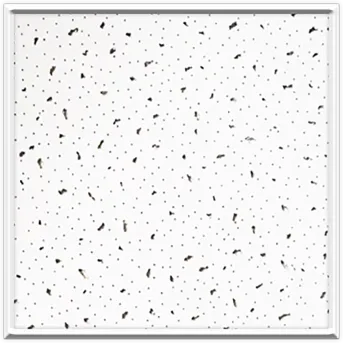9 月 . 28, 2024 09:52 Back to list
Comparing Gypsum Ceilings and PVC Ceilings Key Differences Explained
The Difference Between Gypsum and PVC Ceilings
When it comes to interior design and construction, ceilings play a vital role in the overall aesthetic and functionality of a space. Two popular materials for ceilings are gypsum and PVC (polyvinyl chloride). While both have their unique advantages and disadvantages, they cater to different needs and preferences. This article explores the differences between gypsum and PVC ceilings in terms of material properties, installation, aesthetics, maintenance, and cost.
Material Properties
Gypsum Ceilings Gypsum is a natural mineral composed of calcium sulfate dihydrate. Gypsum ceilings are made from gypsum boards, also known as drywall or plasterboard. These ceilings are known for their fire-resistant properties, sound insulation, and ability to create smooth surfaces. They can be painted easily and can support a variety of textures.
PVC Ceilings PVC is a synthetic plastic polymer that is lightweight and flexible. PVC ceilings typically come in the form of panels or tiles and are moisture-resistant, making them a great option for areas prone to humidity, such as bathrooms and kitchens. PVC is also resistant to mold and mildew, which enhances its durability in wet environments.
Installation
When it comes to installation, both gypsum and PVC ceilings have their own processes.
Gypsum Ceiling Installation Installing gypsum ceilings often requires more labor and expertise. The boards need to be cut to size and then fixed into a framework of metal or wooden studs. The joints between the boards must be taped and finished with a joint compound for a seamless appearance, which adds to the time needed for installation. Moreover, once installed, gypsum ceilings require time to dry if painted.
PVC Ceiling Installation In contrast, PVC ceilings are generally much easier and quicker to install. They can be directly applied to existing ceilings or a simple framework. PVC panels often come with a tongue-and-groove design that allows them to snap together easily. This ease of installation makes PVC a popular choice for DIY enthusiasts.
Aesthetics
Aesthetic appeal is another crucial factor when selecting ceiling materials.
Gypsum Ceilings Gypsum ceilings offer a more traditional look and provide a smooth finish that can be customized with various paint colors and textures. They can be used in a range of interior designs, from classic to contemporary, and can accommodate intricate designs with the help of molding and decorative elements.
difference between gypsum and pvc ceiling

PVC Ceilings PVC ceilings, while generally not as customizable as gypsum, come in a wide variety of colors, patterns, and finishes. They can mimic the appearance of wood or tiles, providing versatility in design. However, they may not provide the same level of sophistication that gypsum ceilings can offer.
Maintenance
Another important consideration is the maintenance of the ceilings.
Gypsum Ceilings Gypsum ceilings may require repainting over time and can suffer damage from moisture if not properly sealed or painted, making them more vulnerable in humid environments. They can also be scratched or dented more easily than PVC.
PVC Ceilings On the other hand, PVC ceilings require minimal maintenance. They are easy to clean with a sponge and mild detergent and do not need painting. Their moisture resistance makes them less prone to warping and damage, ensuring longevity.
Cost
Finally, cost is a practical consideration for many homeowners and builders.
Gypsum Ceilings Gypsum ceilings tend to be more affordable in terms of material costs but can become expensive when labor costs for installation are factored in, especially if intricate designs are desired.
PVC Ceilings PVC ceilings vary in price depending on the design and quality, but they often end up being cheaper than gypsum ceilings when you consider installation costs.
Conclusion
In summary, both gypsum and PVC ceilings have distinct characteristics that make them suitable for various applications. Gypsum offers excellent aesthetics and fire resistance but requires more effort for installation and maintenance. In contrast, PVC ceilings provide ease of installation and excellent moisture resistance, making them ideal for high-humidity areas. Understanding these differences can help homeowners and builders make informed decisions based on their specific needs and preferences.
-
Revolutionizing Interior Design with Ceilings t grid Suspended SystemNewsOct.29,2024
-
Revolutionizing Ceiling Design with ceiling access panel with Gypsum Tile WaterproofNewsOct.29,2024
-
Revolutionizing Interior Design with PVC Gypsum Ceiling: A Comprehensive GuideNewsOct.29,2024
-
Elevating Interior Design with High quality Mineral Fiber Ceiling TilesNewsOct.29,2024
-
Revolutionizing Interior Design with PVC Gypsum Ceiling: A Comprehensive GuideNewsOct.29,2024
-
Elevating Interior Design with High-Quality Mineral Fiber Ceiling Tiles: A Comprehensive GuideNewsOct.29,2024







